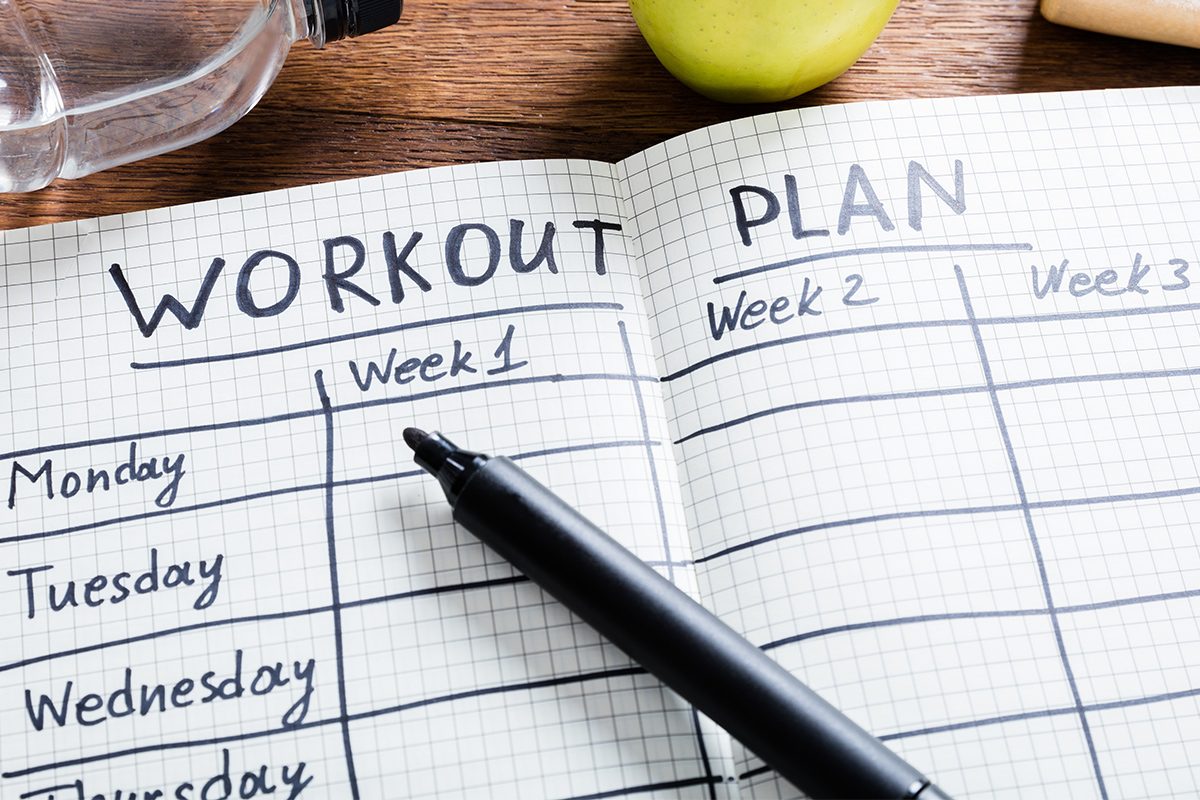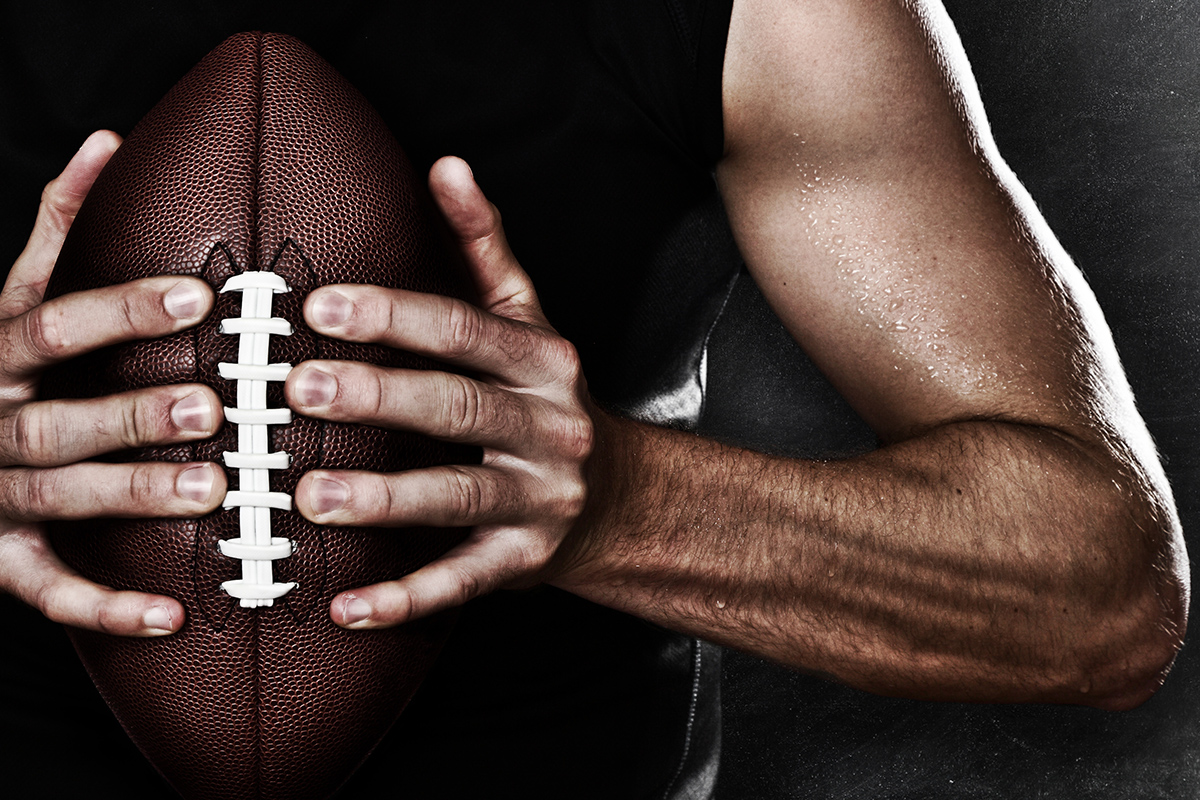
Dancing and Its Health Benefits
Evidence Based
Dancing is not just a form of expression, not just reserved for the artistically inclined, and not as difficult to start as you might think. We invite you to challenge your thoughts of “I can’t do it” or “it’s not for me,” so you too can enjoy the benefits of this versatile form of exercise.
Dancing extends across the boundaries of physical movement. You can dance for your fitness, for physical therapy, for cognitive therapy, to enjoy a social activity, or to take time alone. Today we will focus on the physical and cognitive benefits of dancing.
If you already have the dance bug and just want to dive in, browse our website to learn about our many dance style Group Fitness Classes. We host a variety of classes like Belly Dancing, Cardio Jam, Hip Hop, Latin Heat, Zumba, and Yogabeat. Be sure to search by zip code to learn which classes are available at the LA Fitness clubs closest to you.
Without further ado, let’s take a look at some of the physical and cognitive benefits of dancing!
Physical Health Benefits


Muscle Strength
Every move you make as you dance is deliberate; there’s no laziness here. You need to engage your legs and core to keep your body stable, and your back and shoulders to carry your posture. As your muscles learn to move your weight in new ways as you step, lift, drag, kick, and flick to the beat, they will get stronger. This functional strengthening is what promotes better balance and overall posture.1
Bone Strength
You may still be thinking of dance as just another cardio type exercise, and it can be excellent for your heart, but did you know dancing also benefits your bone strength? Think about it this way: your muscles are attached to your bones; and when you strengthen your muscles, it’s like you’re reinforcing the bones.
One article on The Health Benefits of Dance states that “the side-to-side movements of most dance steps help to strengthen the weight-bearing bones such as the femur, tibia, and fibula.”2 That sounds a lot like the steps you would see in Latin dances like the Cha-Cha-Cha, Merengue, or Salsa. If you’re looking to add some focus on your lower body, our Latin Heat or Zumba classes might be just what you’re looking for!

Lower Blood Pressure
When it comes to heart health, “dance can be as beneficial as jogging around a track, biking, swimming, or running on the treadmill.”2 We know that cardio is excellent for exercising your heart, and that when you exercise your heart you benefit your whole body. One study confirmed that Zumba participants who had high blood pressure, effectively and significantly lowered their blood pressure after only 2 months of Zumba!3
Weight Loss
Not only are you benefiting your heart and improving your blood pressure, you are burning calories with every step. Burning calories can help you shed the pounds, especially if you are also mindful of your nutrition.
Depending on the level of intensity, your range of motion, your physical condition, and more, “the continuous motion of dance… [will allow you to] burn anywhere from 200 to 500 calories during a 1-hr session.”2

All-Over Toning
Because dancing is a total body exercise, you can expect some total body toning. “Some dance forms,” like Belly Dancing and Hip Hop, “have repetitive movements such as hip drips, figure eights, circles, and shimmies, which can put the lower back and hip joints and ligaments through full range of motion that increases muscle tone and improves posture.”2 Strengthening these particular parts of your body can aid in the prevention of lower back problems.2
Now that you know about the physical benefits, let’s get into how great dancing is for your brain.
Cognitive Health Benefits


Neuroplasticity
Neuroplasticity is your brain’s ability to form and optimize synaptic connections. This basically means that it is capable of growing, adapting, and changing. This is a very good thing because it means your brain can adapt to new situations and recover from old ones.
Consider that most dancing requires you to learn a specific series of movements in a specific order for a specific amount of time. This prompts your brain to develop new neural pathways to allow this complex learning to take place.
In fact, research has found that expert dancers have structural differences in their sensorimotor networks and in physical parts of the brain like the hippocampus (the part of brain responsible for emotion, memory, and your autonomic nervous system).1
Aging and Memory
In general, physical exercise, especially aerobic exercise, has been shown to decrease the risk for neurological disorders, especially for cognitive decline, dementia and Alzheimer’s.1 To a lesser extent, there is also evidence to support that physical exercise can reduce your risk for Parkinson’s Disease and Strokes.1,4,5
Dancing, however, has more benefits for the brain than repetitive physical exercise.6 A study on neuroplasticity in older adults found that, because dance requires constant cognitive and motor learning, it can counteract age-related cognitive decline.4 When it comes to brain health and function, the complexity of dance beats plain physical exercise.

Coordination
Never get called a clutz again. Dancing can improve your coordination because it, itself, requires a great deal of coordination. Have you ever tried to rub your belly with one hand and tap the top of your head with the other hand? It takes a certain amount of concentration, doesn’t it?
With dancing, not only do you need to coordinate between the different limbs of your body, but you must do the same between other dancers on the floor, and hone-in on your timing and spatial awareness.7
Coordination exercises have actually been shown to improve attention and concentration, even more so than simple aerobic exercises.1
Final Thoughts
We know there’s a lot of research here so let us leave you with some simple takeaways:
- Dance is a sustainable form of exercise partly because it’s enjoyable
- It can benefit your body by strengthening your bones and muscles, improve your blood pressure, and help you lose weight
- Learning steps/choreography, and then randomizing those steps, can help your mental acuity
- Dance can decrease your risk for neurological disorders like dementia, Alzheimer’s, and to a lesser extent reduce your risk for Parkinson’s Disease and stroke
- Dancing can help improve your ability to learn, memorize, concentrate, and multitask
For more on brain health, read our registered dietitian’s article on These 7 Foods That Promote Brain Health. Or, check out her article on The 8 Best Foods for Your Heart. To access our monthly blog post highlights, subscribe to our newsletter today!
Sources
- Dhami, Prabhjot, et al. “New Framework for Rehabilitation – Fusion of Cognitive and Physical Rehabilitation: the Hope for Dancing.” Frontiers, Frontiers, 1 Dec. 2014, www.frontiersin.org/articles/10.3389/fpsyg.2014.01478/full.
- Alpert, Patricia T. “The Health Benefits of Dance – Patricia T. Alpert, 2011.” SAGE Journals, 2 Dec. 2010, journals.sagepub.com/doi/10.1177/1084822310384689.
- Jitesh, S., and Devi Gayatri. “Effect of Zumba Dance on Blood Pressure.” ProQuest, Journal of Pharmaceutical Sciences and Research, 2016, search.proquest.com/openview/9cf7f1ff907efe2b63e8cf458735228d/1?pq-origsite=gscholar&cbl=54977.
- Lossing, Anna, et al. “Dance as a Treatment for Neurological Disorders.” Taylor & Francis, Taylor & Francis Online, 2016, www.tandfonline.com/doi/full/10.1080/17432979.2016.1260055?scroll=top&needAccess=true.
- Earhart, G M. “Dance as Therapy for Individuals with Parkinson Disease.” European Journal of Physical and Rehabilitation Medicine, U.S. National Library of Medicine, June 2009, www.ncbi.nlm.nih.gov/pmc/articles/PMC2780534/.
- Muller, Patrick, et al. “Evolution of Neuroplasticity in Response to Physical Activity in Old Age: The Case for Dancing.” Frontiers, Frontiers, 27 Feb. 2017, doi.org/10.3389/fnagi.2017.00056.
- Cross, Emily S., and Luca F. Ticini. “Neuroaesthetics and beyond: New Horizons in Applying the Science of the Brain to the Art of Dance.” SpringerLink, Springer Netherlands, 5 Jan. 2011, link.springer.com/article/10.1007/s11097-010-9190-y.



















